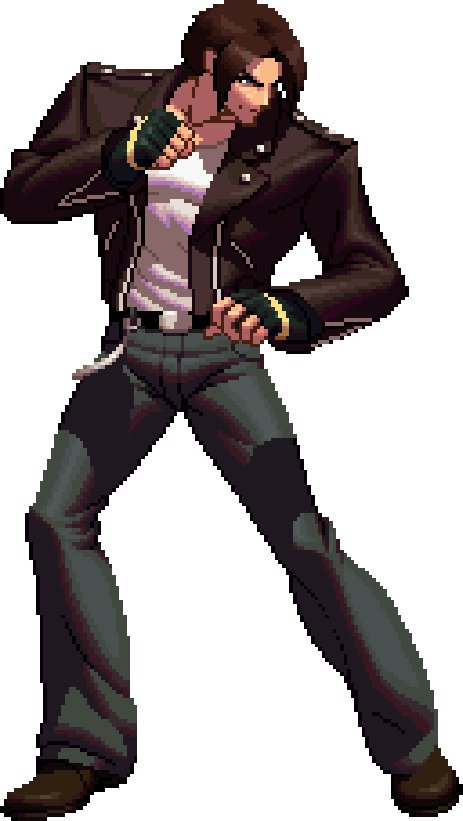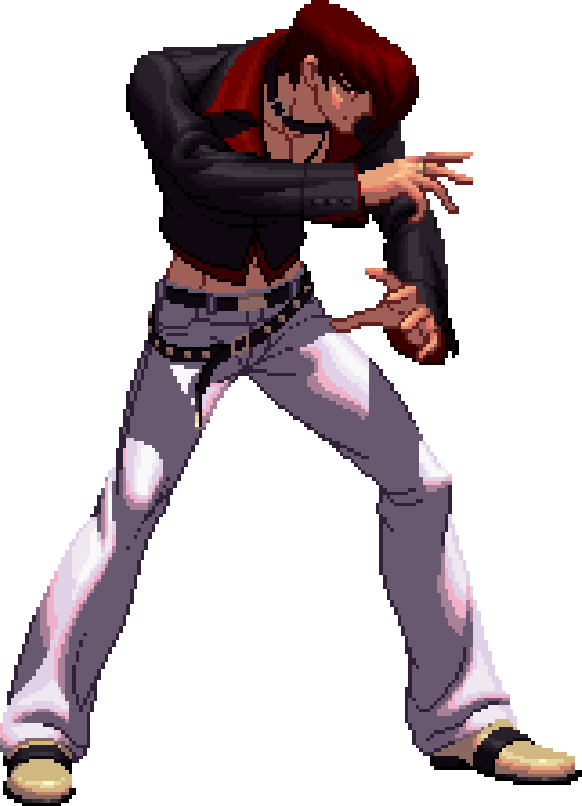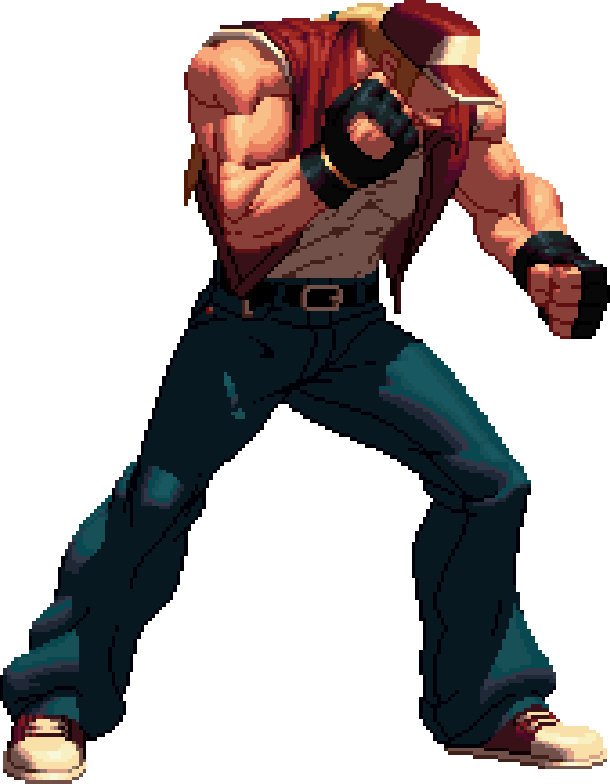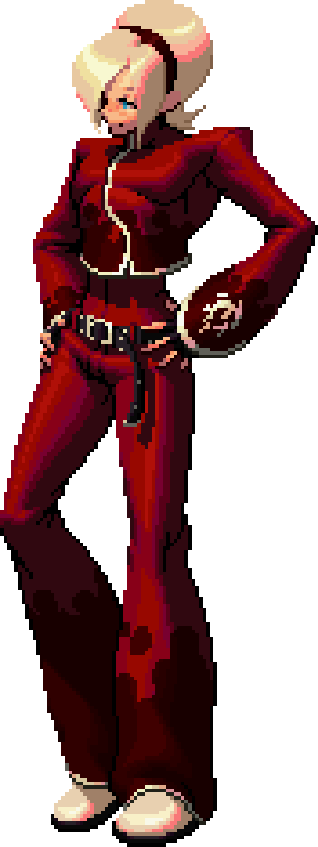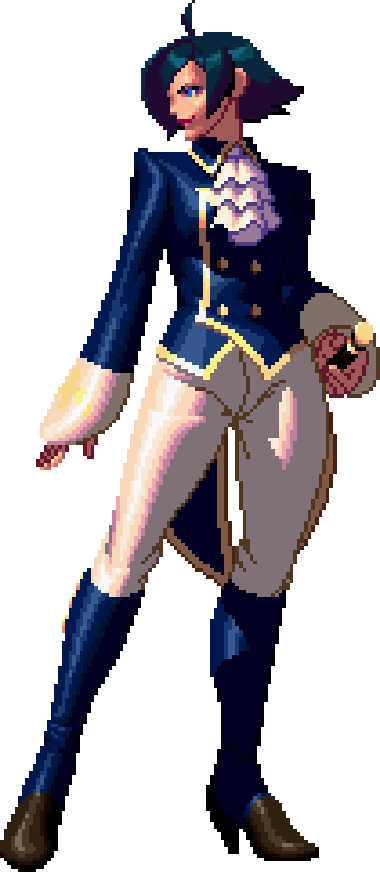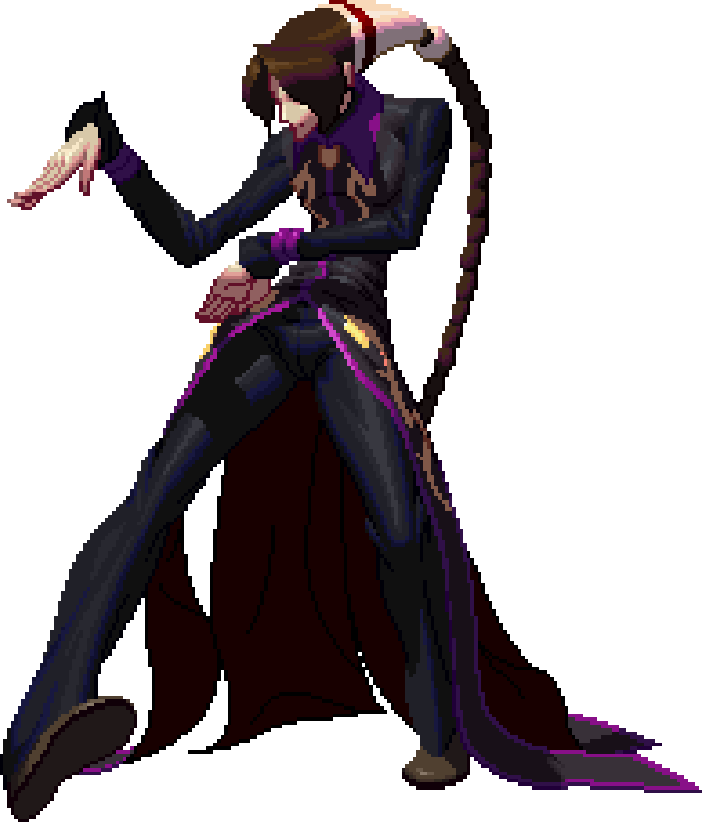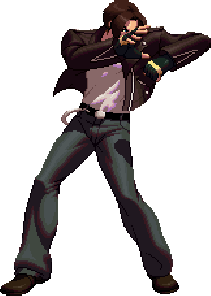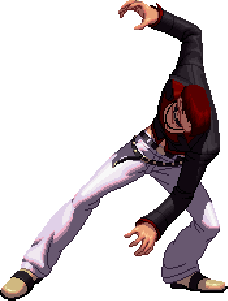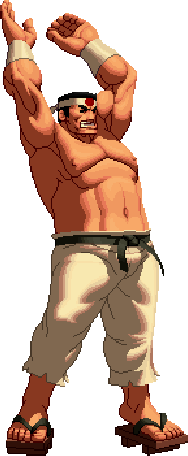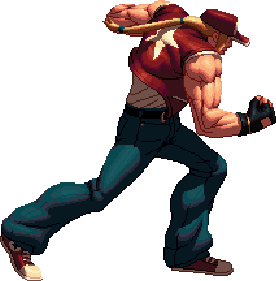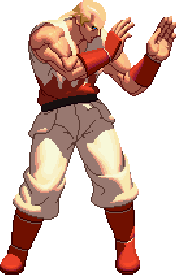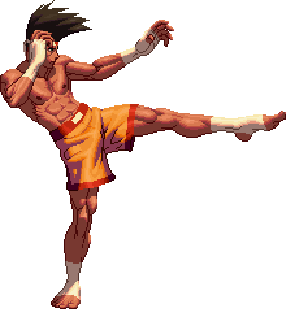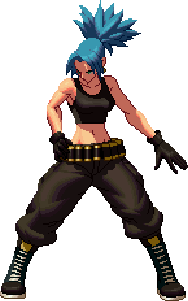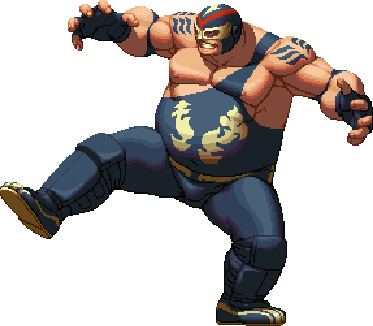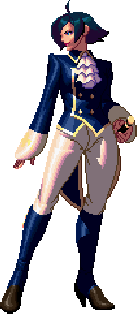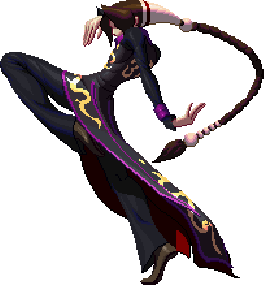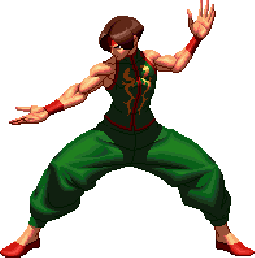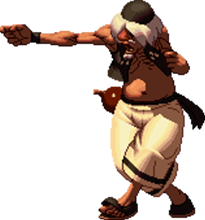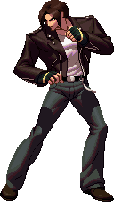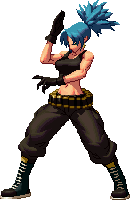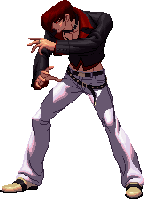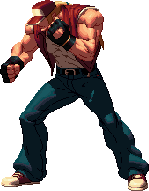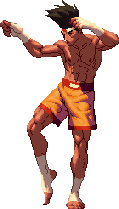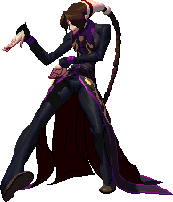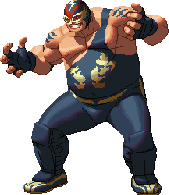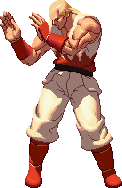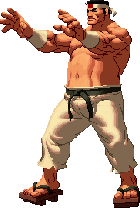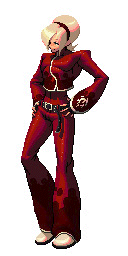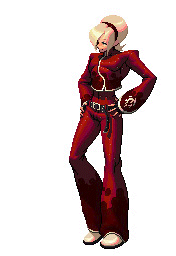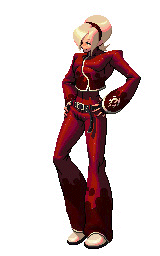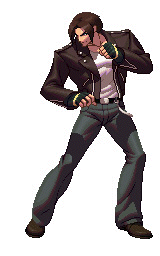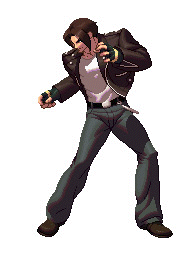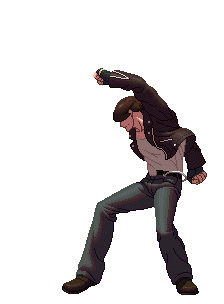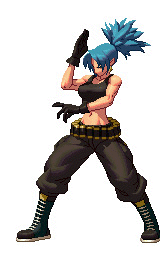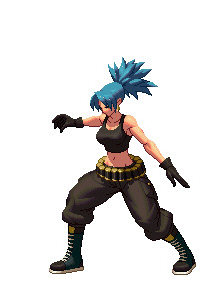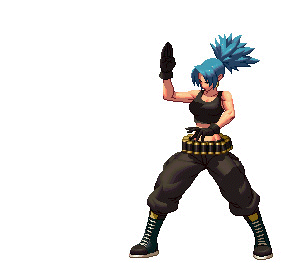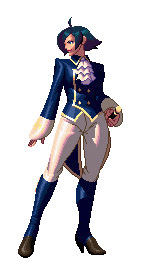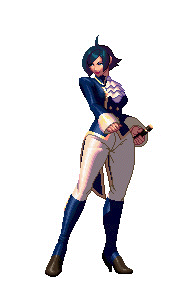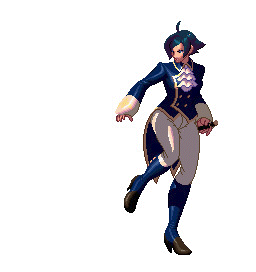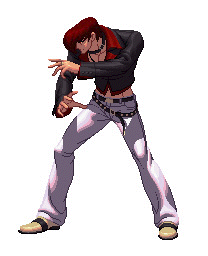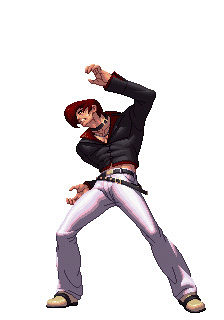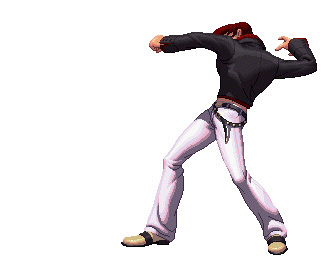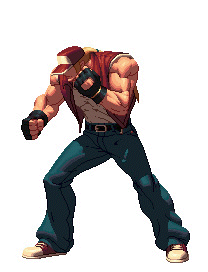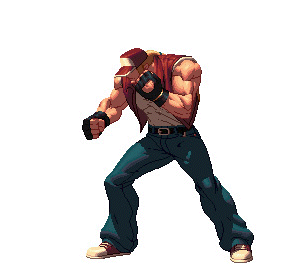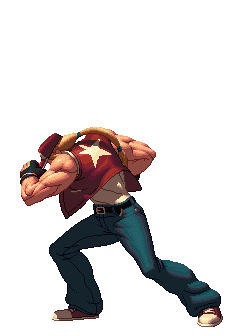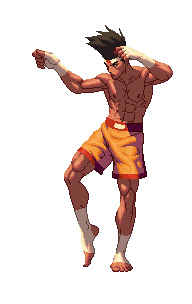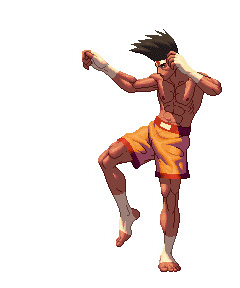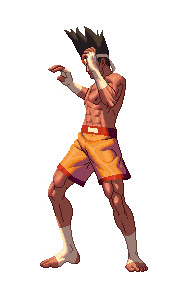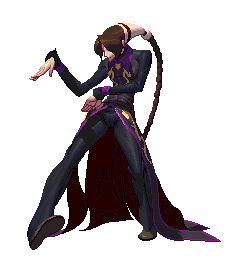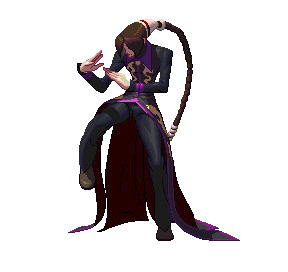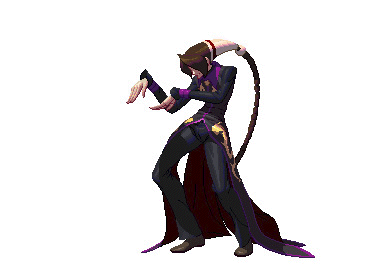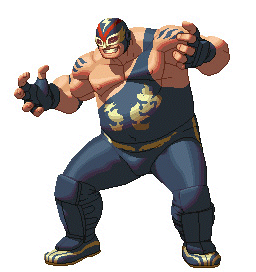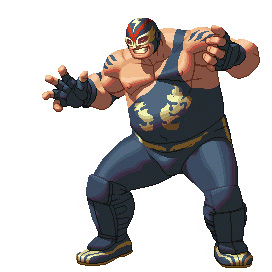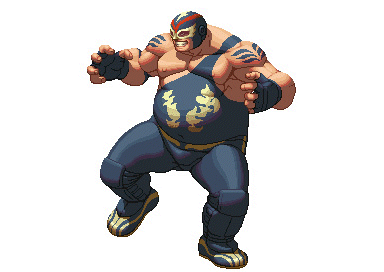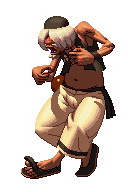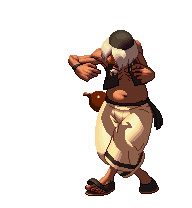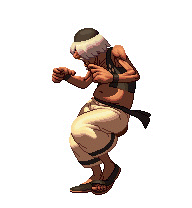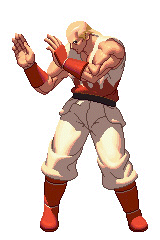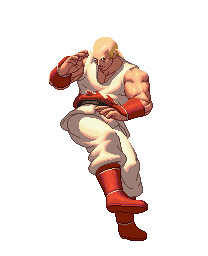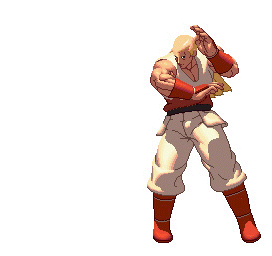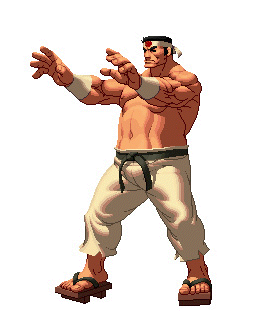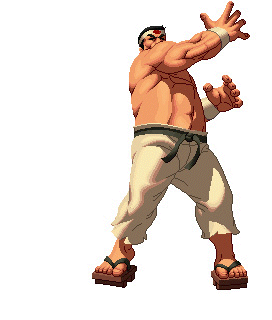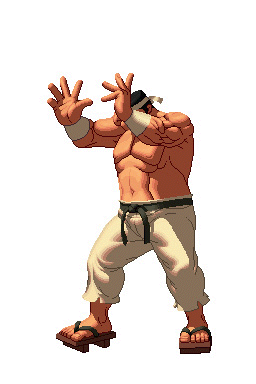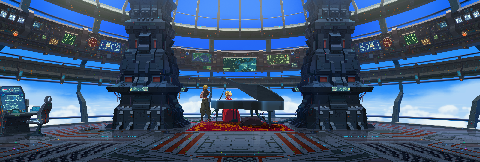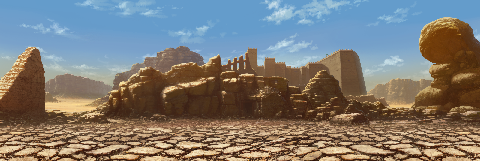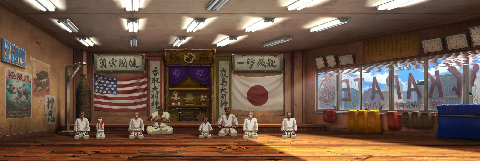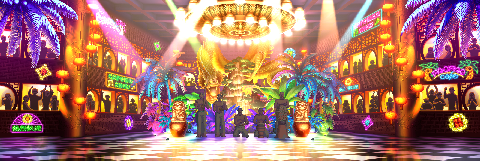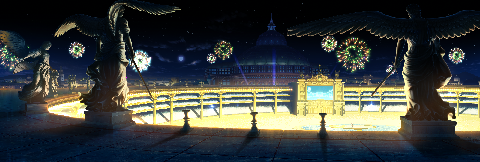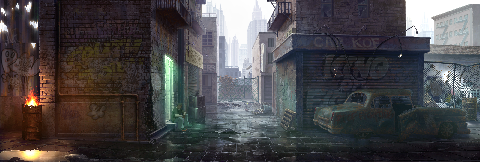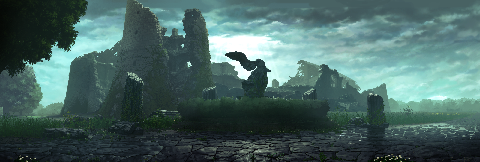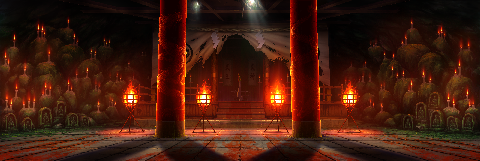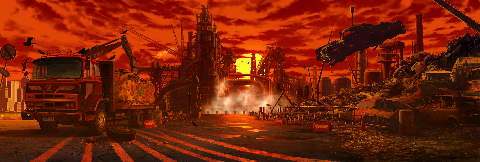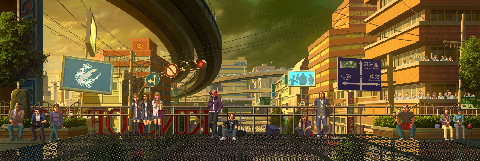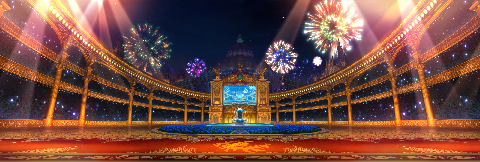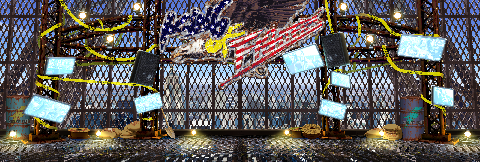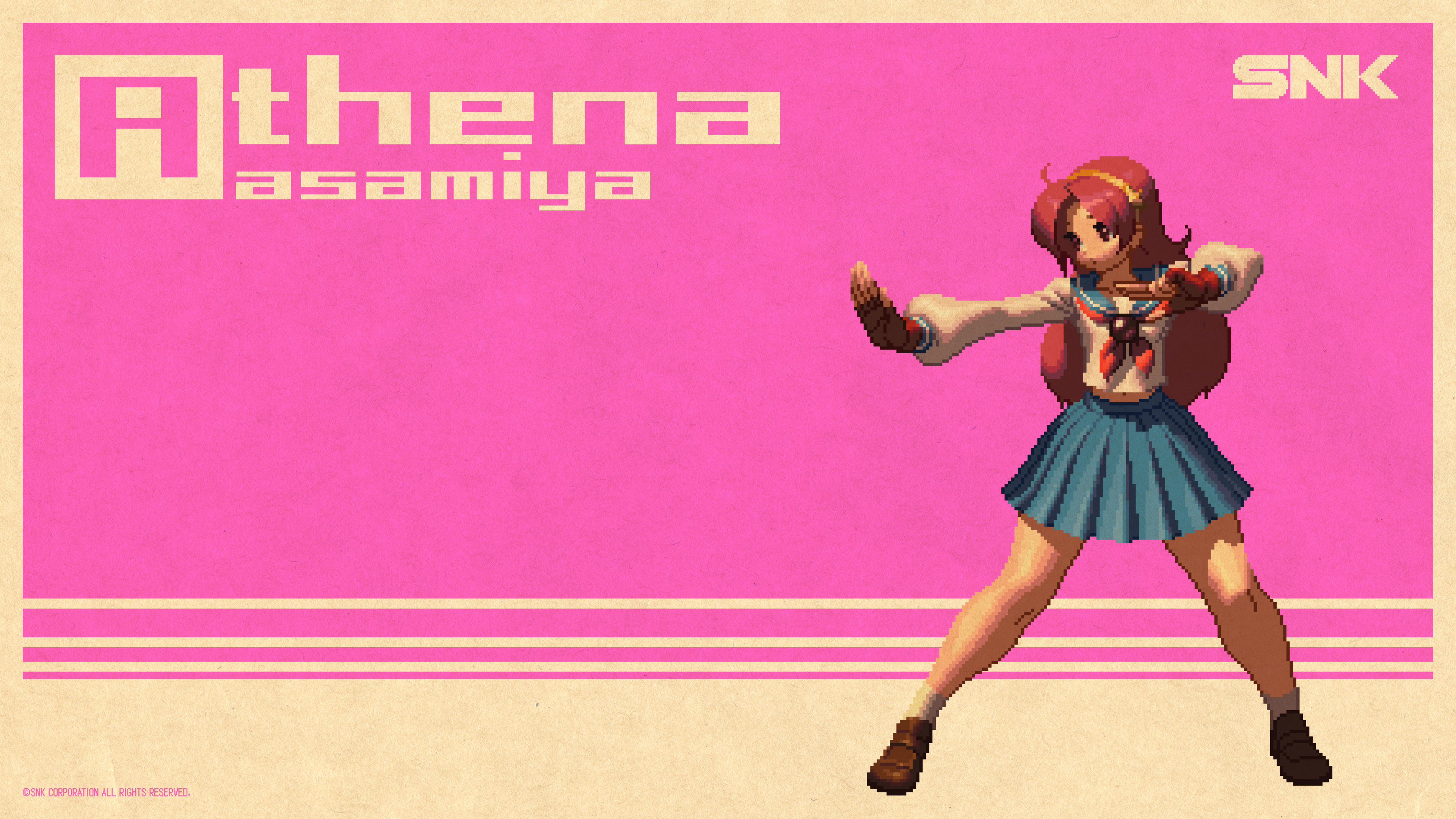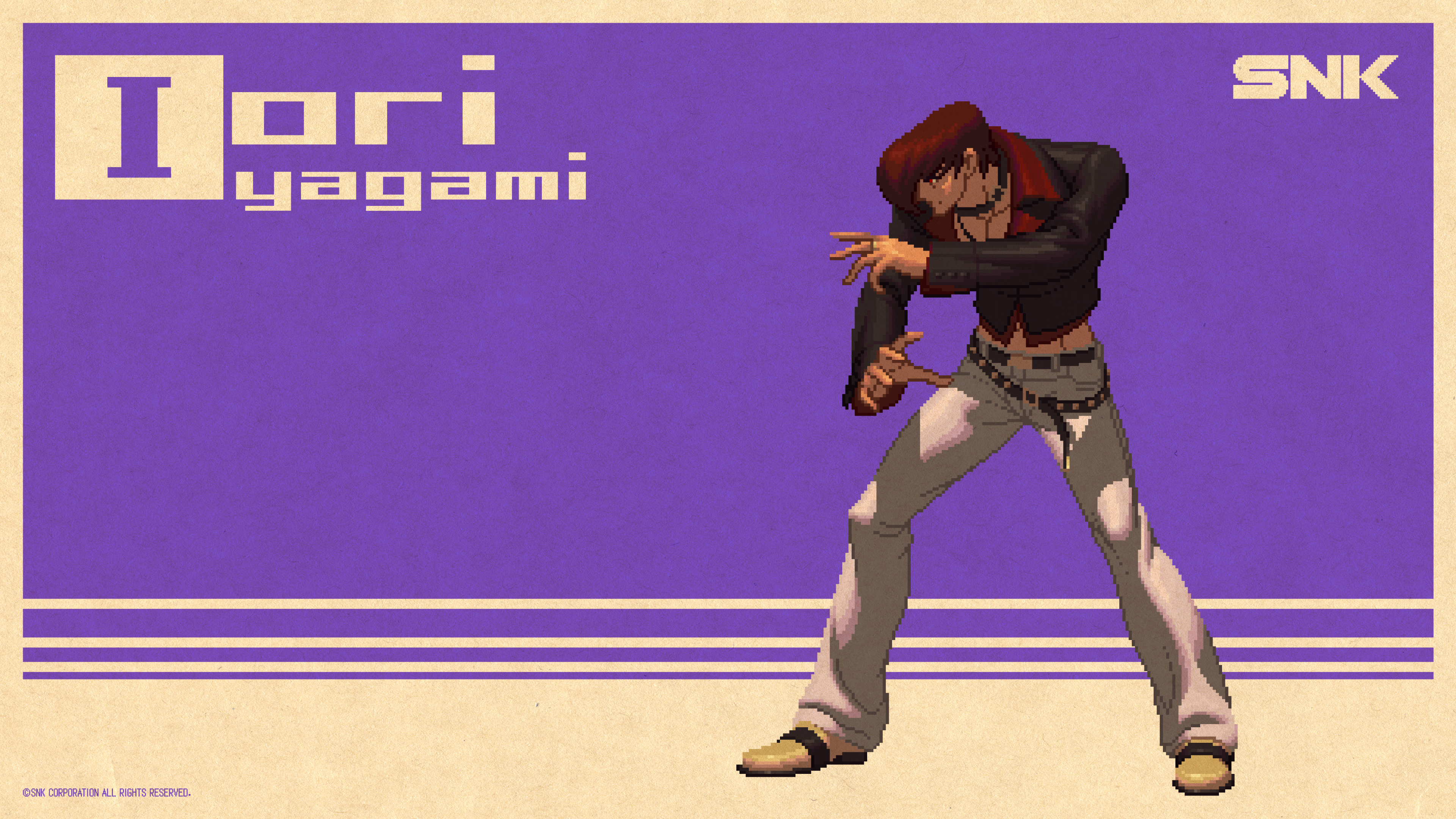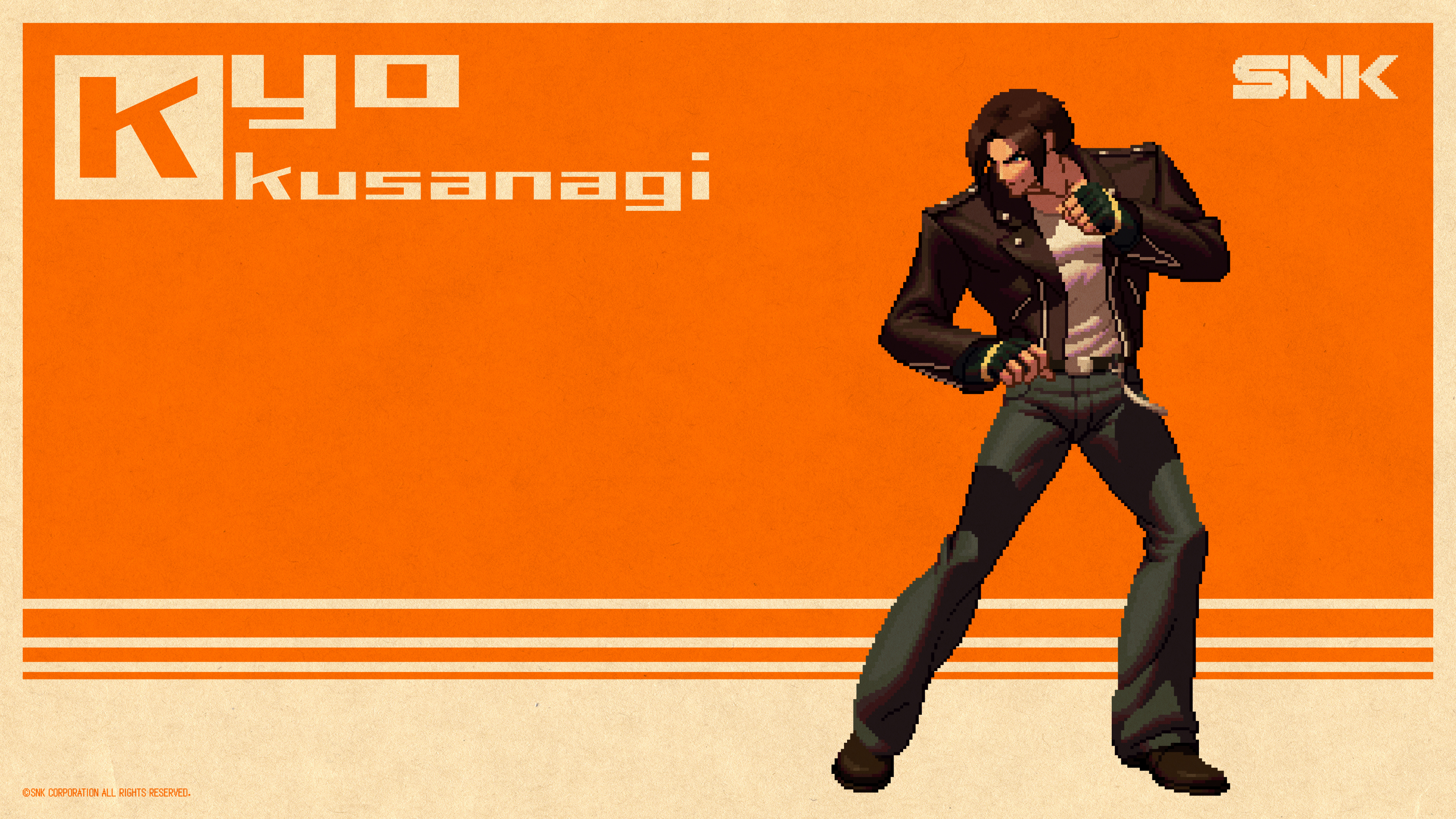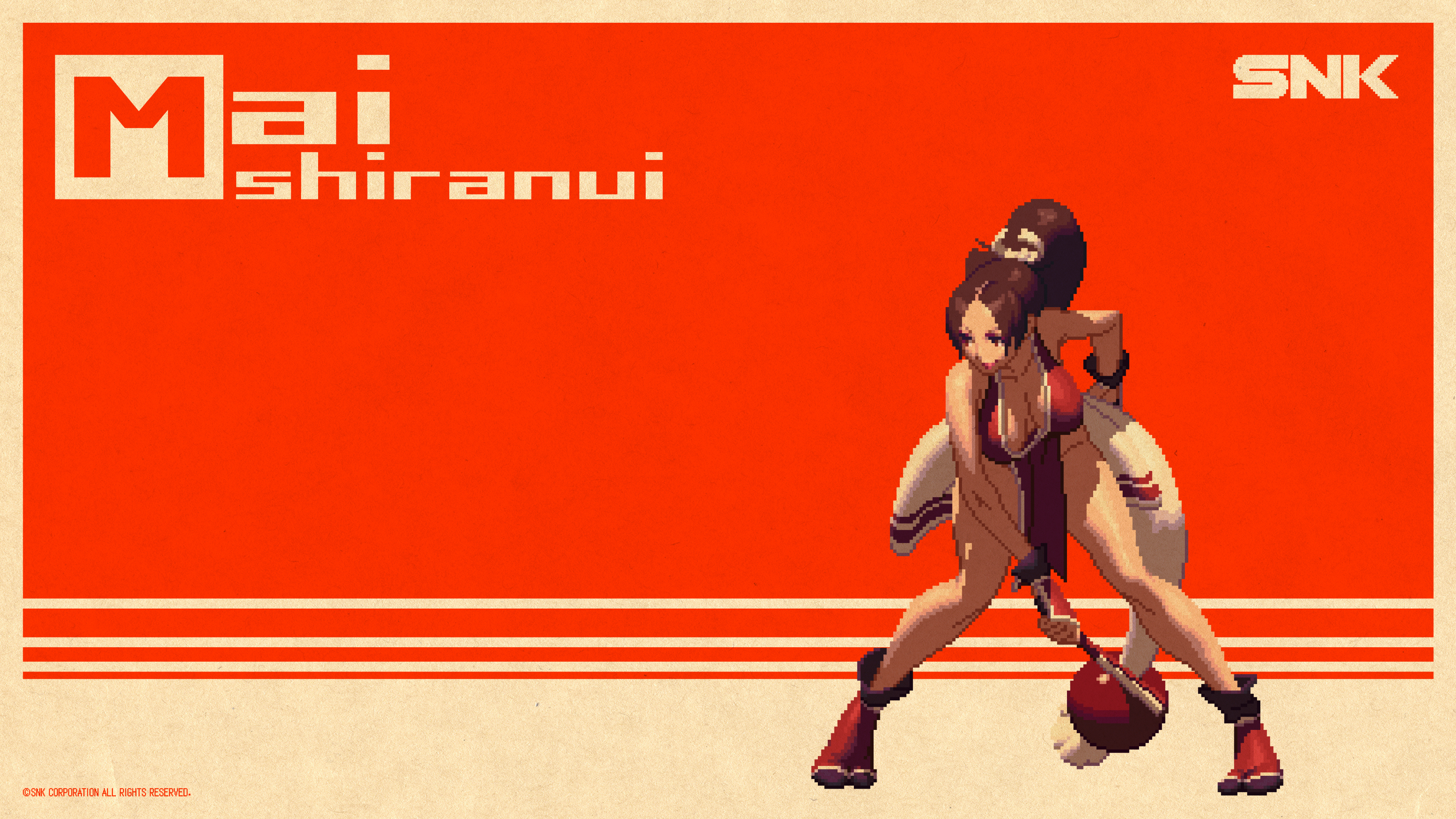KOF XIII GM:
Breathtaking 2D
pixel graphics
for gamers new and old
Photorealistic 3D visuals are a mainstay in modern gaming—to the point where it has become increasingly difficult to distinguish what’s on-screen and what’s outside.
And yet that is precisely what makes the other end of the spectrum—2D pixel art—so appealing.
There’s a certain nostalgia, beauty, and freshness to be found in two dimensions; after all, retro though pixel art may be, it allows you to truly grasp just how much heart and soul its creators pour in behind the scenes.
In the same way that music and cinema from the past enjoys newfound appreciation in the present, we invite gamers new and old to relive the magic of 2D pixel art, and the game visuals born from it—courtesy of KOF XIII GM!
Primer:
What is pixel art?
A pixel is the smallest visual unit that a computer can work with. Each pixel has its own color tone and gradation.
Pixel art is a graphical style where these pixels are arranged together, one by one, to form a complete digital image. Think of an artist building a mosaic out of ceramic tiles, laboring away at their craft to create dazzling, intricate designs, and you have the right idea.
Pixel art—the original gold standard in gaming
From the earliest days of gaming all the way through the early 1990s, pixel art served as the predominant visual style (on PCs and consoles).
Existing hardware specs and technical limitations meant that dev teams were only able to work with specific color palettes and graphical resolutions for their games. Ironically, though, this helped foster a new creative methodology—one focused on the pursuit of beauty and identity in spite of those constraints.
Indeed, these were no longer mere masses of colored dots; they were now seen as a true art form. A classic example of this is the cartoony "deformed" style applied to many characters in 2D titles; their simple, short, and stocky designs were out of necessity to keep within the size constraints of a given game’s actual sprites. Other skillful techniques allowed artists to display hidden elements (via specific pixel placement and color configurations), or even create the illusion of there being more colors than were actually present in an animation.
All in all, it was an era of masterful artistry indeed.
Rise of 3D realism
The mid-1990s saw polygon-based 3D graphics explode onto the scene.
They had an enormous impact worldwide, dethroning pixel art as the principal visual style in gaming and continuing to pursue new heights of reality ever since.
Pixel resurgence
spurred by game diversity
A rediscovery of retro titles has occurred in recent years, spurred by evolving consumer values and the fact that the gaming landscape is more diverse than ever before.
That rediscovery has led to widespread renewed interest in the visual merit of pixel art—from the distinctive deformed characters to the meticulous (albeit constrained) processes involved in their creation—to the point where people of all ages now deem it just as effective and impactful as 3D.
Of course, the handcrafted nature of pixel art also allows it to give characters and other design elements a unique, undeniable presence; this serves as a point of nostalgia for veteran gamers, and quite possibly an exciting new frontier for those previously unfamiliar with the style.
The charm of pixel art
in KOF XIII GM
At the time of its 2010 release, one could very well call KOF XIII’s smooth 2D graphics “pixel art perfection”—and the game itself a competitive fighter like no other.
What made the team opt specifically for its hand-drawn visual style in an age of highly efficient toolsets and new, advanced technology? Simple: It was the desire and drive to deliver the greatest 2D fighting experience the KOF series had ever seen. Those involved with the game’s development wanted a look and feel that no 3D fighter could offer—one that only they were capable of producing.
The pixel art in this title uses light and shadow effects extensively to give more heft to on-screen elements. This affords them a 3D-like sense of presence while still being very much 2D. Realism and a sense of immersion are further achieved by adding subtle dynamic touches to sprites as characters move about the screen (visible glare from in-game light sources, subtle color variation to reflect background tones, and so on).
KOF XIII's visuals—the result of an untold amount of sweat and toil—are truly a work of art, woven by the soul that lurks behind its 2D pixels and sprite-based graphics.
This is just one of the reasons why we invite gamers new and old to experience KOF XIII GM.
We hope you enjoy this enhanced version of what was already an artistic masterpiece!



